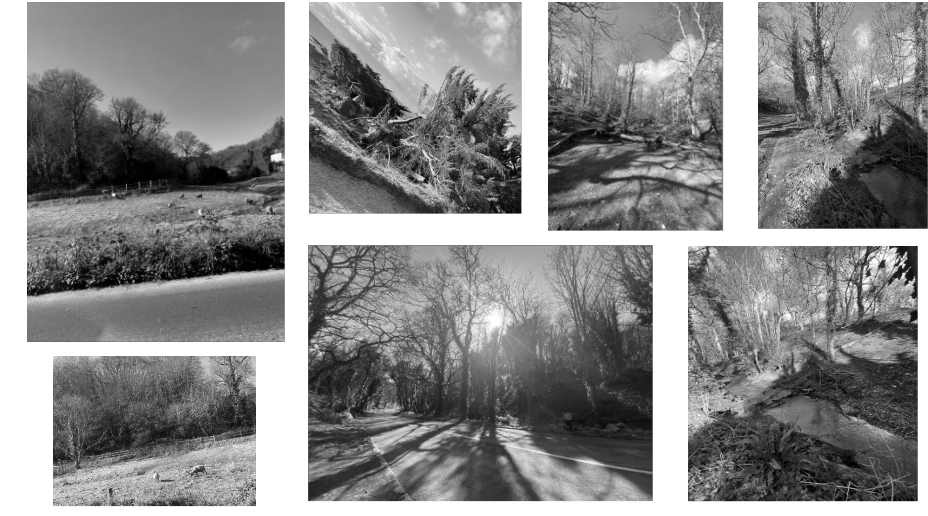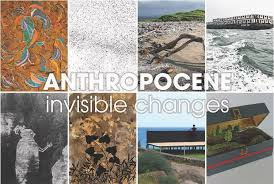
anthropocene mood board


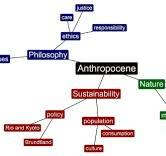
Who is Siskind and why is he famous?
Aaron Siskind was an American photographer best known for his black-and-white, close range, and aerial photos of surfaces and objects. With the transformative properties of monochromes and their lack of scale or context, Siskind’s photos can seem both sculptural and vast or diminutive and painterly.
Siskind was born December 4, 1903, New York, Siskind began to photograph in 1932, while he was an English teacher in the New York City public-school system. As a member of the Photo League, he participated in projects designed to document neighbourhood life during the Depression.
Siskind was a grade school English teacher in the New York Public School System for 25 years, and began photography when he received a camera as a wedding gift and began taking pictures on his honeymoon.
What technique did he use?
He created pictures by closing in on his subjects, framing out distracting elements to enhance the emotional sense or allusive aspect he found compelling. Later he focused on surfaces to further condense the energies of splashed paint, graffiti marks and crumbling materials.
Aaron Siskind’s quote, “In photography, it is not the subject that matters, but how it is captured,” encapsulates the essence of artistic expression through the lens.

Example of his work–

MOODBOARD

My work


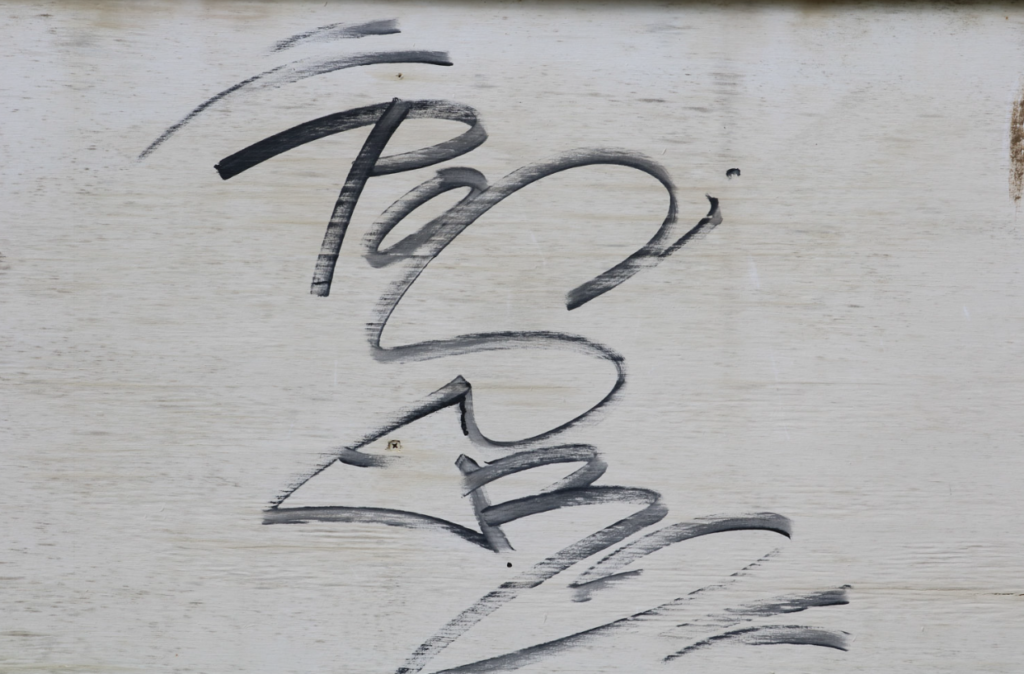
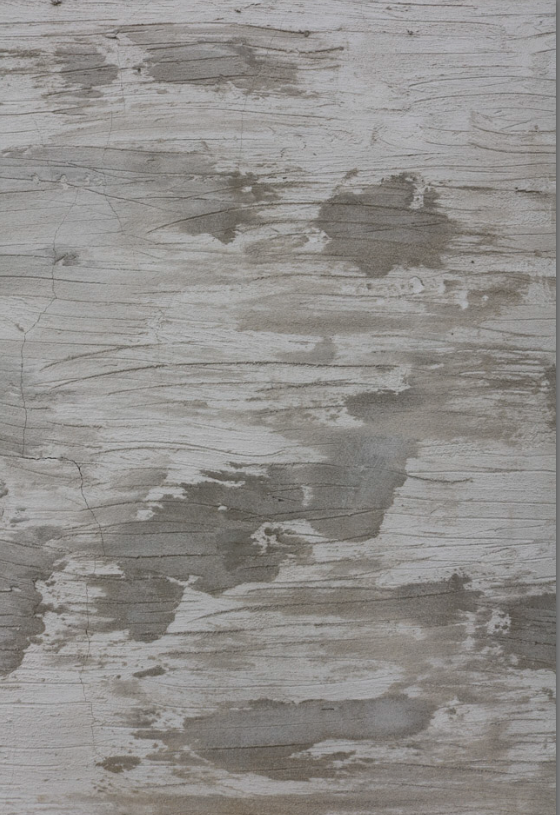

Why does he prefer to edit them to black and white?
Aaron Siskind’s work is all done in monochrome, this makes the photograph more impressive as you are left to your imagination of the colours, therefore to what the original object was.
Black and white photography feels timeless. Here’s a common reason why photographers shoot in black and white: It adds a timelessness to your images. For one, black and white photography has existed since the beginnings of photography, which means that a black and white image cannot instantly be dated.
My thoughts on his work/ similarities
When the viewer has a first glance, I noticed that every picture is in black and white as Siskind prefers it as it leaves imagination of not knowing the colour to the viewer. This is significantly impactful as it suggests a sense of mystery with his images potentially creating the viewer to imagine what they individually want his image to be and look like, it also reduce the chances of his images being outdated as ‘ black and white is timeless’ and can make an image more personal. By vaguely glancing I can see that Siskind focuses on the visual elements such as texture, shape, pattern, line and even tone. The main ones that stick out to me is texture and shape/lines. Some of his images are easily predicted which creates a clear picture to the viewer however some images makes the viewer guess what the photograph itself is which ultimately creates a mysterious factor, as well as Siskind not using colours which creates even more difficulty. An example of this is-
Image Analysis

This image is difficult to understand and interpret the correct clear result. Although it is Siskind’s aim (conceptual) to create secretive and mysterious factors to his image and make the viewer imagine themselves. A benefit of Siskind’s aim is that it makes the viewer predict which ultimately forces the viewer to focus and question the texture, patterns, shapes and tones. We cannot see what the image is itself however it is interesting to note that viewers still find this pleasing to look at because of the imagination. Because it is unclear of what the image is, it creates every viewer to stare and draws them in to look at all important factors Siskind emphasized. For example, the cracks signify imperfection and every shape is different which slightly tells the viewer that this image is potentially all natural. Another interesting factor is that all shapes are different tones but also connected. This shows the tone isn’t based off the weather as it looks as if it is taken from a birds eye view and they are all connected. Lastly, another impactful feature is the texture as in my opinion each shape is a significant different pattern which the viewer would predict it is the texture. This links to his quote “In photography, it is not the subject that matters, but how it is captured,” As we do not know what the subject is but the viewer still finds it very significant and interesting.
My Image
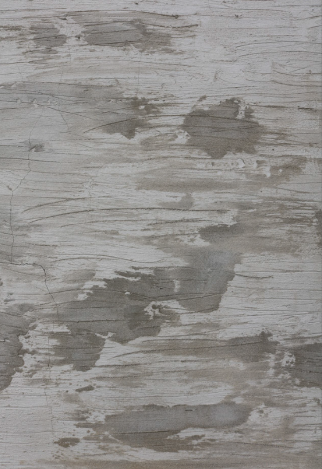
Personally, I think this image relates to Siskind’s work as it contains different visual elements such as tones, lines, irregular pattern of shapes, texture and not a clear view of what the subject is. This creates a mysterious sense like Siskind’s. As shown, some shapes have a vary of tones which prevents the image from being dull and boring as each visual element is different. You would assume this image is natural as most man-made subjects are usually to be built perfect. This makes you guess what this image is itself and what made it look this way which is mainly the contextual side of it. It has a few irregular lines if you look deeply as the varies of shapes are the first noticeable feature. There is a few cracks which signifies the imperfections of this image which helps the viewer understand it is not man-made and creates a significant amount of mystery.
A famous book- This Equals That by Tamara Shopsin & Jason Fulford
This book, shows juxtaposition and how both link and differ.
” One thing leads to another. Isn’t’ that the best way of being in the world?” Maira Kalman in response to this book.
This book, signifies and shows 2 opposite or similar images and makes you question how they are similar/different?
My response to this book –

This juxtaposition shows us rust which is the similarity both these images have. However, they are in different shapes, different textures and different lining and geometry. Although it has the same element, they are displayed in different ways. The texture tells us both of the rusts in these images would feel significantly different. The subject in the first image is more displayed portrait, although the second’s subject is not as observable and outstanding, and is rather landscape and subtle.

These two images have more to contrast, as they have less similar key features. These 2 images show significant natural damage. The difference is that the first one is scratches, and the second are cracks. A similarity they both have is that you actually cannot tell what each image is which keeps the viewer guessing and intrigued.


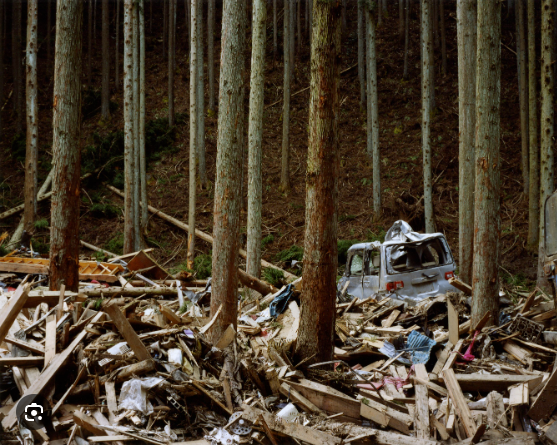


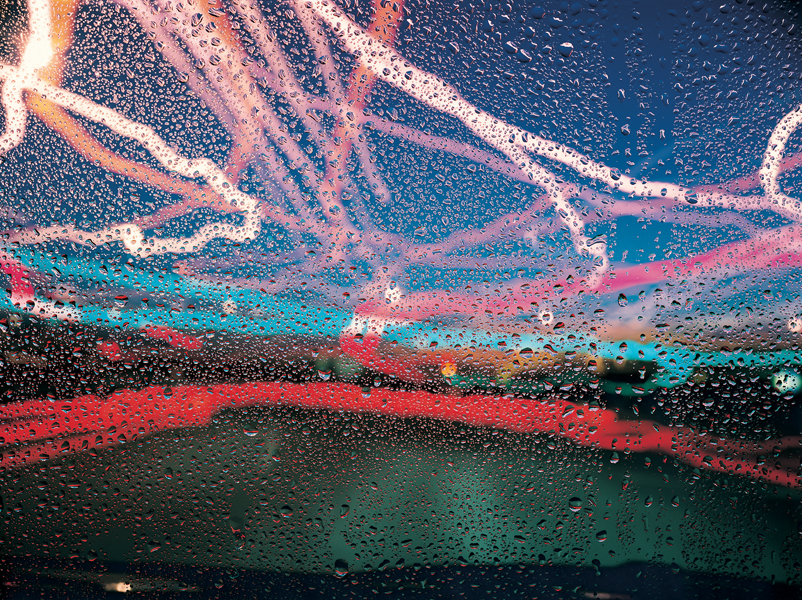

Naoya Hatakeyama’s work portrays human intervention with landscapes of the world with and natural materials e.g. the life of cities and the built environment. His work mostly encircles the topics of nature, the city and photography.
His first proper piece of work was Lime Hills- which was a collection of images of limestone quarries throughout Japan. He described the experience as “my appreciation of its cityscapes underwent a subtle change.” due to the fact he came to realisation that Japan was a land of limestones. These are some photos of his limestone photographs from 1986-1990
My Favourites and Why.

I particularly like this photo of Yonesakisho-Donomae which was taken in 2011, this captures the havoc that was caused by The Great East Japan earthquake, and was recorded as the largest ever earthquake in the country. This earthquake killed 20,000 people and causes 10,000 people to be homeless, I feel this is particularly inspiring as Hatakeyama’s photograph captures a completely submerged home, surrounded by waste and wood, this shows the severity of the situation and shows a direct approach on how it affected the residents lives. There is also a boat of people (4), who are seen to be travelling across the wreckage, they could possibly be looking for people, transporting or seeing the damage that has been caused.

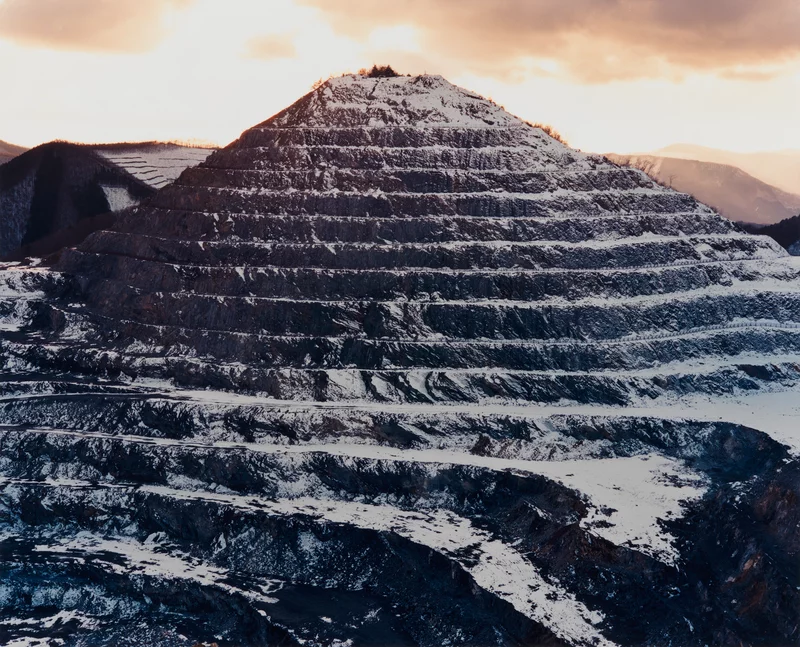

URBAN LANDSCAPES PHOTOSHOOT.
Potential Locations to Photograph.
My Naoya Hatakeyama Inspired Photoshoot.




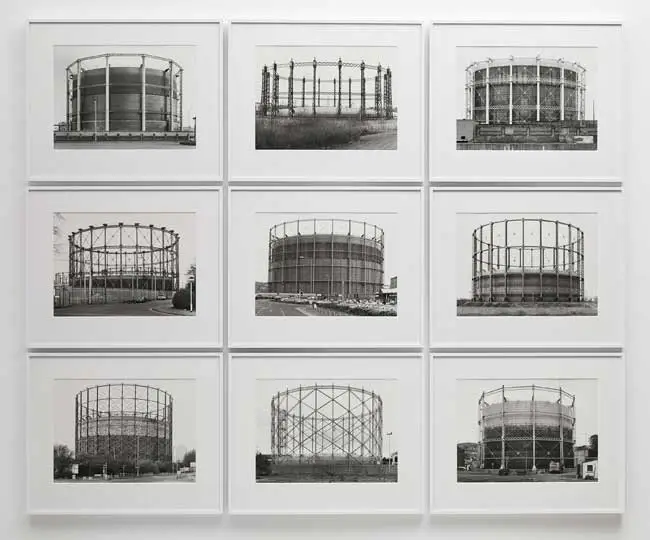


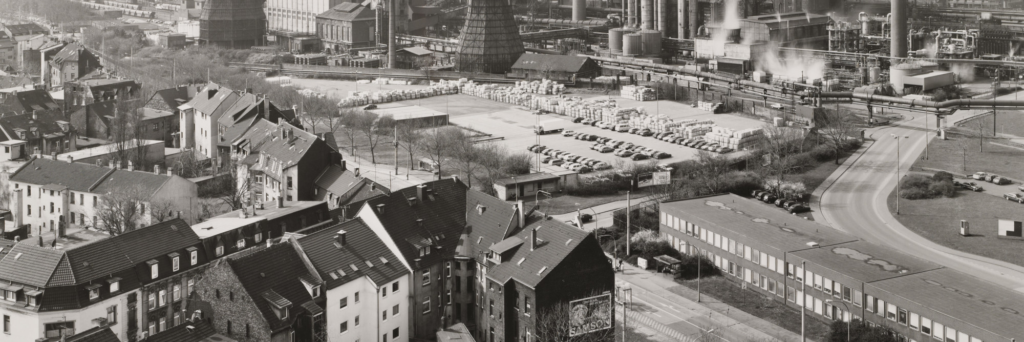
“The question ‘is this a work of art or not?’ is not very interesting for us.” – BERND AND HILLA BECHER
Bernd And Hilla Becher are a husband and wife duo from Germany who decided to photograph architectural forms which they named “anonymous sculptures”. They photographs many structures such as:
They named their works ‘typologies’ which represented their collections of grouped images in small symmetrical squares. They categorized these photos by the buildings functions. An example of their signature image of smaller photographs which have been grouped together:

Their work can be seen as conceptual art, and took place over course of 40 years. Their chapters all contributed to different structures and were all organised due to typologies and are laid out into 12 images into a uniform arrangement. There is over 1500 different images,, and they have received many famous awards such as:
I find Bernd and Hilla Becher’s particularly interesting because their work is most definitely minimal and conceptual, which sets their work aside from other artists, as they focus on one main object taking up the majority of the picture, rather than multiple objects being the subject of a photo.

Havre des pas photos

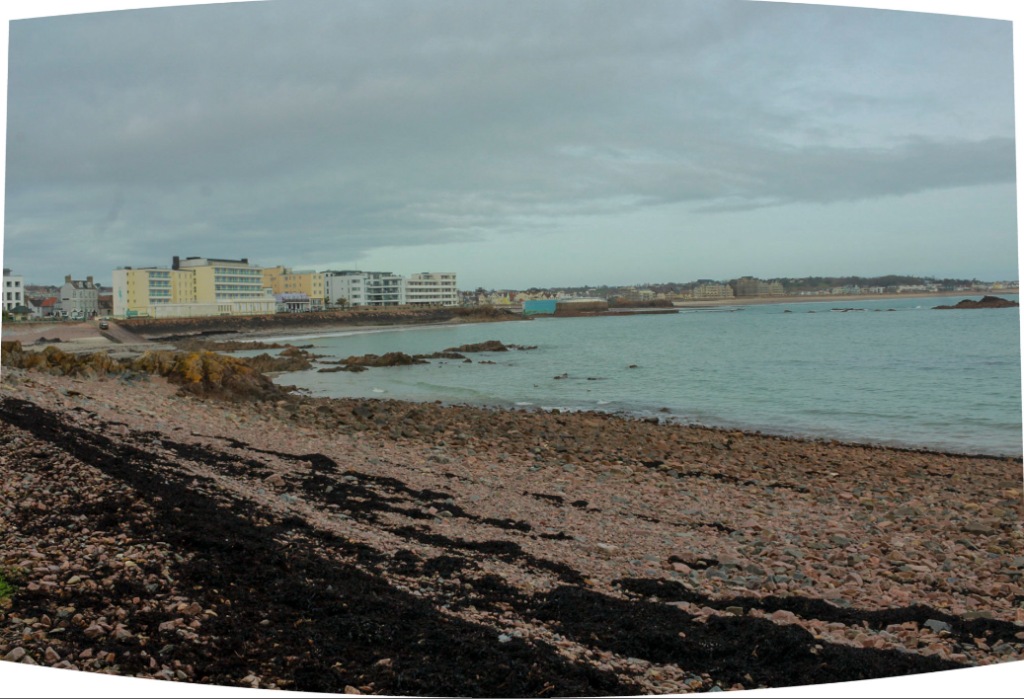


For the first photoshoot, the class took a trip to Harve des Pas, as the environment was fitting for the topographical theme.
We spent an hour walking around the coast line finding things to take photos off which included the bay and the swimming pool and even managed to get photos of some a textured, almost broken wall to just give a variety.

These are the photos I got on the trip ( after I deleted the photos that were blurry etc. ) They consist of photos of the wider landscape and some buildings and different structures that vary from timelines, I also got some photos of the industrial side of Harve Des Pas, around La Collette.
Black and white edits –
I wanted to add a black and white approach to some of my photos to almost give a worn and vintage look to them.

I thought that in the first photo in particular, the inclusion of different buildings from different eras of time the vintage look would be very impactful for the theme of the photo.

In the beginning I decided to just put a black and white film over the top to give me a base to work with, then I played around with the contrast and highlights to deepen the shadows and contrast between the highlights.

I thought that this photo would be complimented well in black and white because of the industrial architecture, I thought that the use of black and white could enhance the dark colours and the highlights.

I put a simple black and white film over the photo to start, then I enhanced the highlights so that the photo didn’t look so dark and was clearer. I wanted to keep some of the shadows throughout the original photo so after enhancing the highlights I played around with the shadows to see what fit best and landed on keeping them pretty subtle.

With this photo, the structure ( the pool ) was built in the late 1800’s before WW1 which was just after the first colour photo was made so I wanted to make it black and white for almost nostalgic purposes.

I turned the contrast up and highlights too to make the photo as bright as I could without it looking light a white photo. To almost give a vintage look I focused on the texture of the photo too and enhancing that to make it look genuinely older.
Virtual gallery –


moonlight – substance abuse can ruin relationships close to you

joker – society doesn’t do enough to support less fortunate ‘poorer’ people so they can put themselves and others in danger and go to extreme lengths to get where they want to be


Born: February 20th, 1902, Western Addition, San Francisco, California, United States
Died: April 22nd, 1984 (age 82 ), Bariatric Surgery Center at Community Hospital of the Monterey Peninsula, Monterey, California, United States
Ansel Adams was given a camera at 12 when he first visited the Yosemite national park where he admired the beautiful valley, at age 17 he joined the sierra club which is an American environmental organization with chapters in all 50 U.S. states, In 1927, Adams participated in the Club’s annual outing, known as the High Trip, and, the next year, he became the Club’s official trip photographer. In 1930 he became assistant manager of the outings which consisted of month-long excursions of up to 200 people.
In 1934, Adams was elected as a member of the Board of Directors of the Sierra Club, a role he maintained for 37 years. Then he made a big book of photos of the national park in the Kings River region of the Sierra Nevada. Adam then was lobbying congress for a Kings Canyon National Park. he had to keep persuading congress to not change the waterfall into a power dam and make it protected instead.
In 1968 Adams was awarded the Conservation Service Award, the Interior Department’s highest civilian honor, “in recognition of your many years of distinguished work as a photographer, artist, interpreter and conservationist, a role in which your efforts have been of profound importance in the conservation of our great natural resources.”
In 1980 Adams received the Presidential Medal of Freedom, for “his efforts to preserve this country’s wild and scenic areas, both on film and on earth. Drawn to the beauty of nature’s monuments, he is regarded by environmentalists as a national institution.”
Ansel Adams is famous for his “zone system” — a complicated method of making the “perfect” monochromatic print.
Ansel would say this a lot because he believed that it wasn’t just about clicking the shutter it was spending hours in a dark room developing and editing to make it how he visualised.
“A good photograph is knowing where to stand.” – Ansel Adams
In landscape photography, position is everything. Where you are situated in respect to your landscape, will determine your perspective, the mood of the photograph, as well as the composition.
By moving your feet and getting a better position, you will create more unique and creative images. Not only that, but practice crouching, moving to the left, to the right, and sometimes even your tippy-toes. Try to hike to get very high perspectives, and sometimes lie on your stomach or back to get very low perspectives.
we want to make more effective images, we should focus on photographing how a scene feels— not how it looks. Ansel Adams tells why he decided to photograph his famous image, “Moonrise, Hernandez, New Mexico” shot with an extremely dark sky:

We can create a certain emotion or feeling in our photos by different methods and techniques. If we are photographing landscapes, we should look for the light, mist, smoke, fog, or other natural splendors. And the way we post-process our photos afterwards will change the emotion dramatically.
“In my mind’s eye, I am visualizing how a particular revelation of sight and feeling will appear on a print. If I am looking at you, I can continue to see you as a person, but I am also in the habit of shifting from that consciously dimensional presence to a photograph, relating you in your surroundings to an image in my mind. If what I see in my mind excites me, there is a good chance it will make a good photograph. It is an intuitive sense and also an ability that comes from a lot of practice. Some people never can get it.” – Ansel Adams
To become a better photographer is to better-translate what you see in real life, and make it appear in a photograph.
This happens by improving your composition, understanding your technical settings, understanding your camera, and also knowing where to stand, when to click, and how to post-processing your photos.
No matter what, you can never please 100% of your audience with your photography. In-fact, I think becoming a good photographer is to not compromise your vision. The more innovative you are in your photography, the more people you are going to confuse, frustrate, and alienate.



